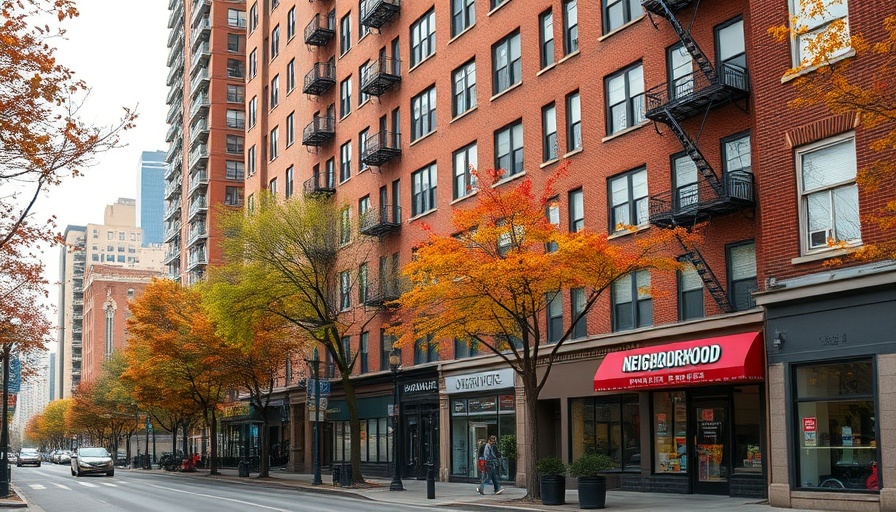
The Future of Chelsea's Casino Project: What is at Stake?
As discussions heat up regarding the prospective $13 billion Chelsea casino development, the city council's imminent decisions could shape the urban landscape of Manhattan. The project aims to repurpose the long-dormant Western Rail Yards, integrating not only a casino but also housing, office space, and green areas. Key stakeholders, the Related Companies and Wynn Resorts, are lobbying hard for a zoning text amendment, necessary to facilitate their vision. However, this journey has been anything but smooth.
Community Sentiments: A Mixed Bag
Responses to the casino proposal have varied across the community and political spectrum. The Manhattan Community Board 4 (MCB4) previously issued a cold shoulder, marking a first in their history for denying a Department of City Planning land use application. District Manager Jesse Bodine conveyed the board's concerns, emphasizing the need for thorough consideration when transitioning vacant spaces into commercial territories.
A Cautious Path Forward
Even as the NYC City Planning Commission has granted initial approval, Borough President Mark Levine has underlined critical issues among constituents including air quality and construction noise. His statement after assessing community feedback indicates that while the project is promising, navigating community concerns is essential for progress. Levine's willingness to find a middle ground shows that compromise could play a vital role in the project's fate.
Final Decisions Looming
With the City Council’s vote expected soon, the pressure mounts for both advocates and critics of the casino plan. The influential District 3 Council Member Erik Bottcher's stance will play a pivotal role in determining the outcome—it’s not just about zoning now but securing a gaming license through the Community Advisory Committee (CAC). The casino requires a crucial two-thirds majority approval to proceed with plans, thus intertwining local governance with economic ambition.
Conclusion: The Importance of Civic Engagement
The decisions made in the coming weeks stand to impact Chelsea’s development, economic landscape, and community integrity profoundly. Citizens must remain active participants in local governance to voice their viewpoints on such substantial developments. It is vital for residents and stakeholders alike to engage in the discussions surrounding this project to ensure their concerns are adequately represented.
 Add Row
Add Row  Add Element
Add Element 



Write A Comment